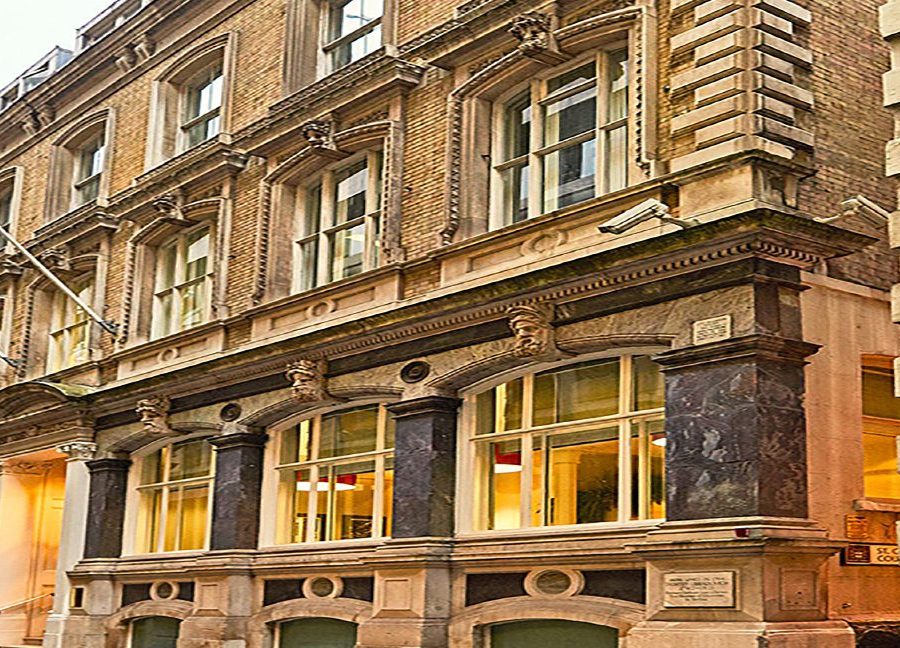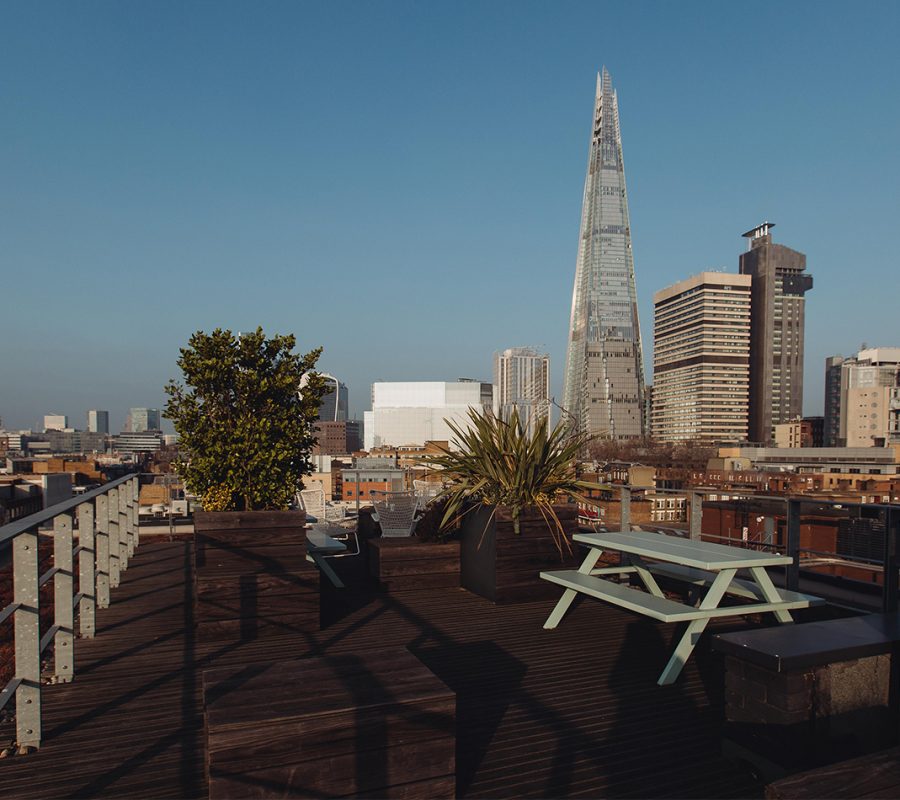Location:London Bridge
London Bridge Office Space
Choosing London Bridge office space means locating a business in a historically significant part of the UK capital.
The district is named after London Bridge, which spans from Southwark to the City of London. The Roman founders of Londinium first built the crossing around AD 50. It has taken many forms since and was, for centuries, the only point for crossing the River Thames in Central London.
The longest-serving model was the medieval bridge built in 1209, which survived 600 years.
Known as ‘Old London Bridge’, complete with houses and shops, it was the longest inhabited bridge in the world. In the 17th century, the bridge, which formed part of the Bridge Ward of the City of London, had over 500 inhabitants. From 1670, attempts were made to keep hectic traffic in each direction to one side, first through a keep-right policy and from 1722, through a keep-left policy. It has been suggested that this is the origin of driving on the left in the UK.
The bridge was replaced in 1831 with one designed by John Rennie, which was wider and had raised pavements. This was dismantled in 1967 and shipped to its American purchaser, and the new and current London Bridge was opened in 1973 by Queen Elizabeth II.
The London Bridge area on the southern banks of the Thames stretches between London Bridge and just past Tower Bridge in the north to beyond Guy’s Hospital and the King’s College London campus in the south.
The area’s architecture is eclectic. The 18th-century Kings College Guy’s Campus is named after Thomas Guy, the founder and benefactor of Guy’s Hospital, which was established in 1726. Today, the campus is home to the Faculty of Life Sciences & Medicine and the Dental Institute.
The district also comprises the business estates of London Bridge City, the 13-acre More London development, which was the home of the Greater London Authority’s (GLA) Norman Foster-designed City Hall until 2021, and the Shard Quarter, named after London’s tallest building.
The Renzo Piano-designed building, inspired by a shard of glass and the spires of London, is also the tallest in the United Kingdom at 1,016 feet (309.6 metres).
The iconic structure dominates the London skyline and has earned several accolades. London has more 5-star hotels than anywhere else in the world, and the Shangri-La, on floors 34 to 52, is the highest hotel in the UK and home to Europe’s highest hotel sauna and infinity pool.
The hotel has a ground-floor lobby, also known as its ‘Departure Lounge,’ and its lift takes less than 30 seconds to reach the reception level on the 35th floor.
The Shard was also London’s first mixed-use skyscraper. Its hotel, restaurants, viewing gallery, and offices can accommodate over 9,000 people.
The skyscraper is unique in that most in London are built in clusters as they are in the City of London and Canary Wharf; however, The Shard is standalone. Offices in The Shard and the buildings in the surrounding area have, therefore, not attracted occupiers from a particular sector. There is a cross-section of businesses, including international law firms, global property advisors, premium flexible office space providers, multinational fashion and media companies, and those from the technology sector, as well as many others.
The Shard was the tallest building in London from 2013. However, in 2025, it was announced that the 1 Undershaft building in Aldgate would match its height when it was completed in 2029.
In Kings Cross, Google’s London headquarters offices, which opened in 2025, were built to reach 72 metres in height but to stretch to 330 metres, making it longer than The Shard’s height of 310 metres and becoming known as London’s first ‘Landscraper’.
The area is historically significant and home to record-breaking structures against which others in London benchmark themselves.
Businesses can rent London Bridge office space conventionally via a lease; however, many are choosing from the growing number of flexible workspace options.
These include serviced private office spaces and managed office suites and floors.
These are popular because they require short-term commitments relative to offices rented on a leasehold basis yet offer the option to extend the tenancy period at the end of the term.
As these offices are let on flexible contracts, businesses can grow into larger spaces as they grow, with options available for companies requiring space for 250+ desks.
As these are fully fitted, plug-and-play offices, there is little to no capital expenditure for fit-out and furnishings unless a custom office is needed.
Flexible serviced and managed offices are available on an all-inclusive rental pricing basis, meaning that the rent covers overheads that would conventionally be paid and managed separately, such as service charges, utilities, cleaning, and building insurance.
Many of the premium London Bridge serviced offices also offer reception and secretarial services and access to meeting rooms and boardrooms.
They are also designed and managed in an ESG-considered way so they are run sustainably, aligning with the credentials of occupying clients.
These offices provide an array of facilities that complement the locale’s abundant amenities, including gyms, bars, coffee shops, and the smorgasbord of delights of Borough Market and Hays Galleria.
Many offer wellness and end-of-trip facilities such as showers and changing facilities for those who wish to use their own steam to commute.
However, London Bridge offers excellent public transport links. London Underground stations Monument at the bridge’s northern end and London Bridge at the southern end are within easy walking distance.
London Bridge station, opened in 1836, is the oldest railway station in London fare zone 1 and one of the oldest in the world. It offers a wide range of services and handles over 50 million passengers annually.





